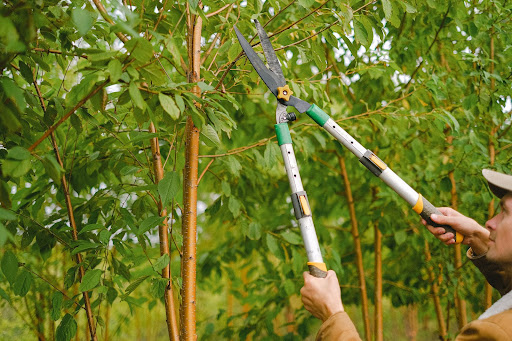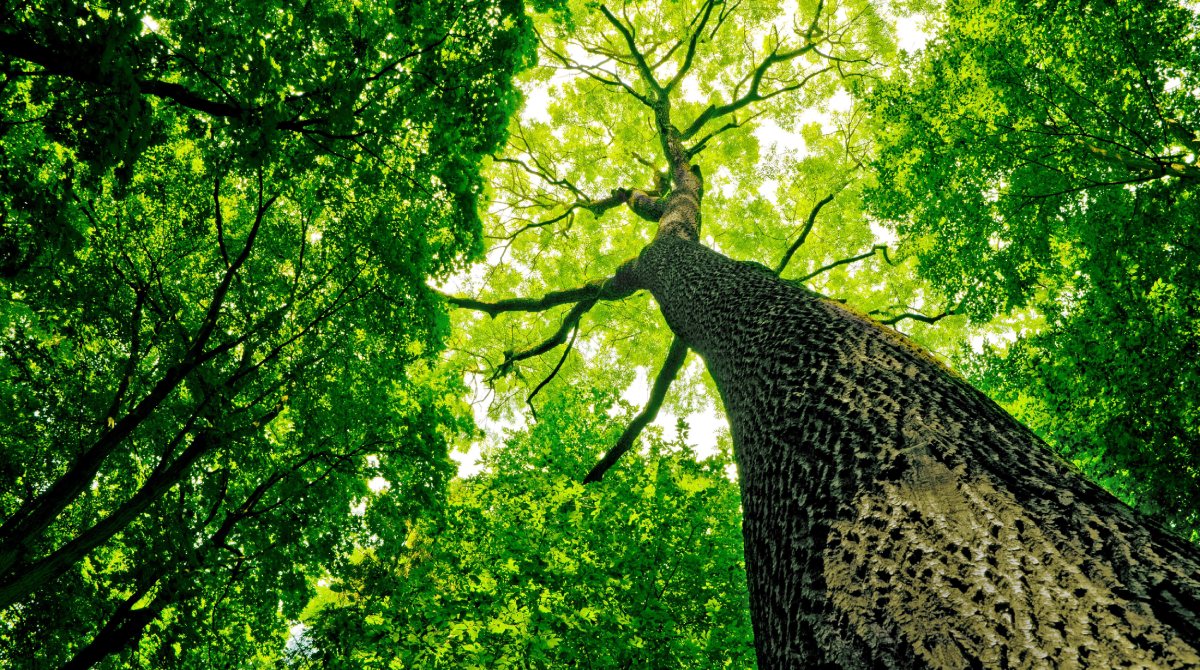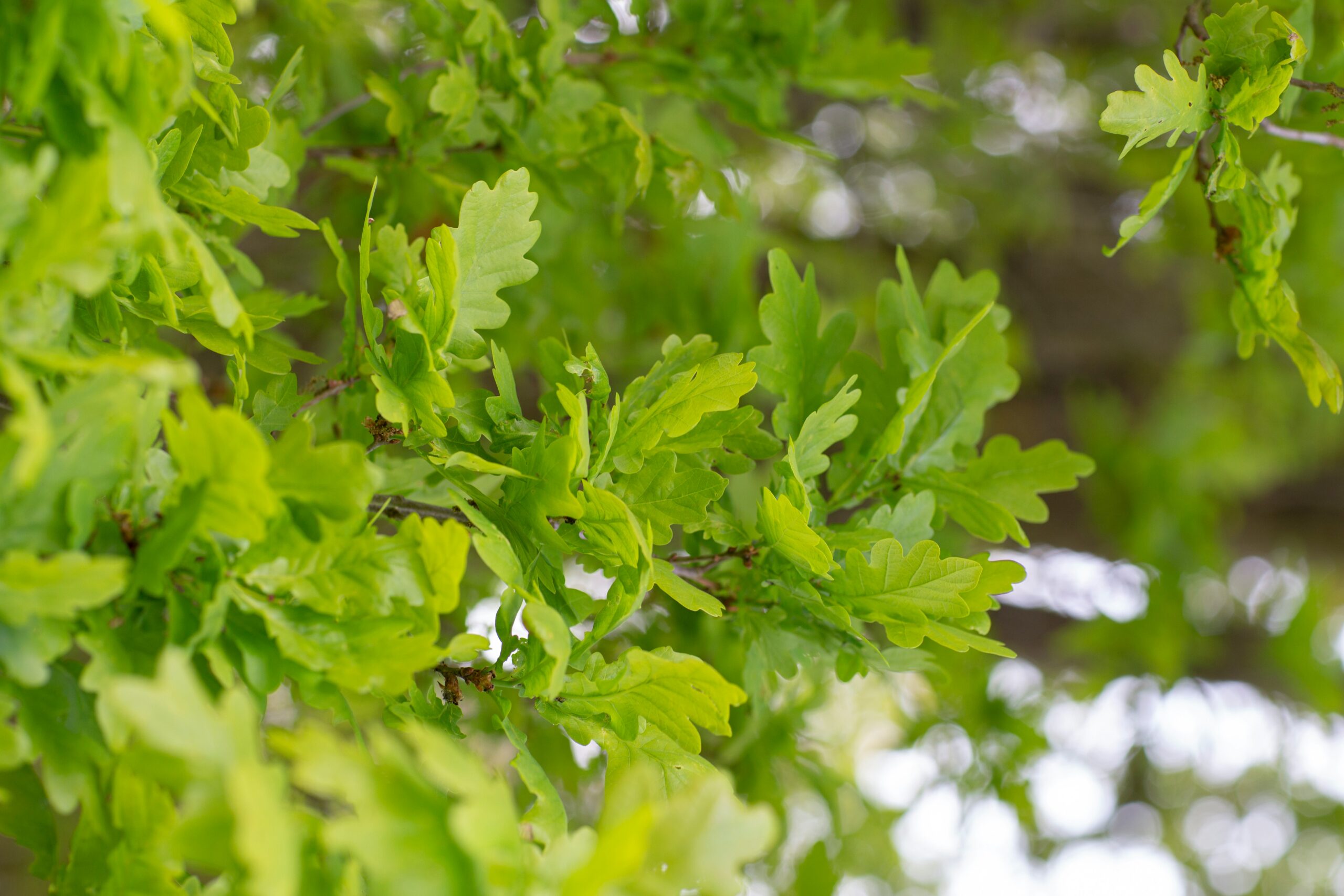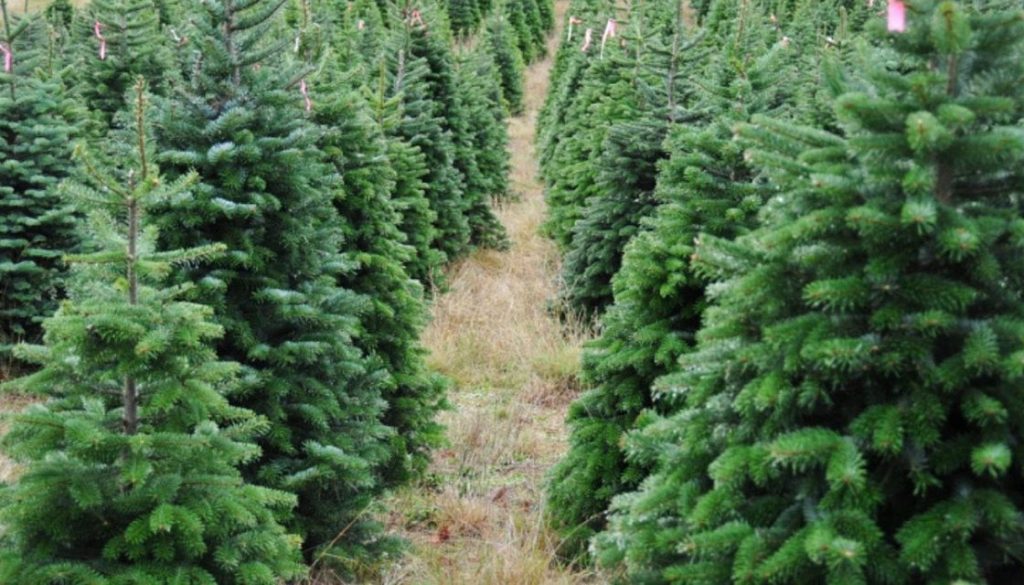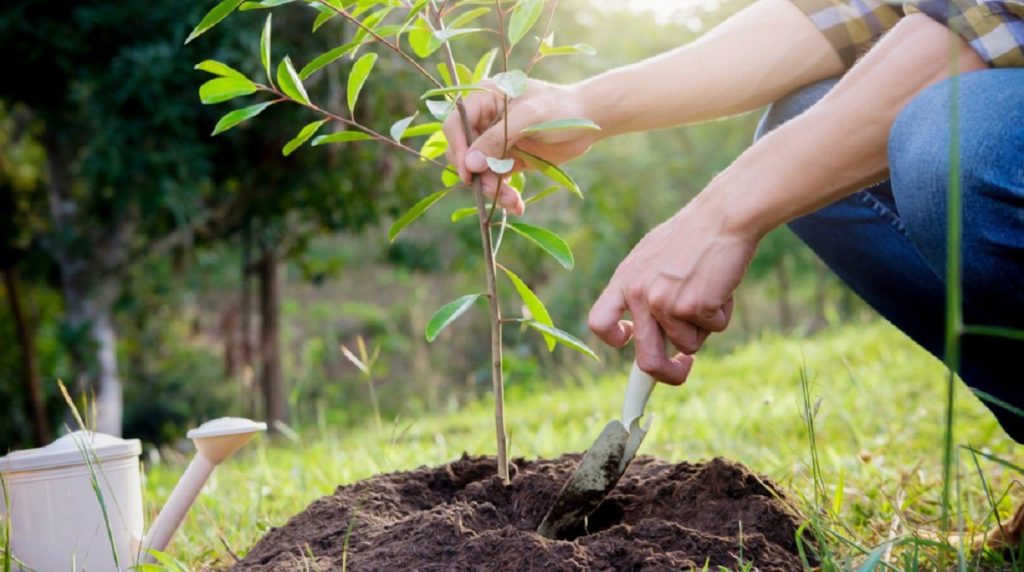
Date January 25, 2022
Category
If you’re like most homeowners, you likely think of planting trees as a chore. It’s not always easy to find the time and energy to plant a tree correctly – especially if your yard is large. But what if there was an easier way to do it? We’ll give you insight on tips, tricks, and techniques for new tree planting in your yard with ease!
When planting a new tree, it is important to consider the climate and soil type of your area
The types of trees that typically thrive best here in North Texas are Live Oaks, Pecan trees, and Crepe Myrtles. With soil types like clay, loam, sand, and silt most common in this area, these trees best handle the variety of available moisture and sunlight conditions.
Always remember: the right environment can make all the difference in the success of your tree planting.
Trees need plenty of water in order to grow properly — make sure to water them regularly during the first year after planting
Freshly planted trees are already plenty stressed from the process as it is that it’s easy for a young tree to be extra vulnerable to watering too much or too little. Remember:
- Newer trees need more frequent watering than mature trees with established roots
- Some research and trial-and-error may be needed to figure out the exact needs of your particular plant
Water around the entirety of the tree’s roots expanse. If well-mulched, there may be an existing natural trough at the trunk. This is the perfect spot to fill for the initial watering! Once that moisture soaks in, fill it in once more.
After that first watering, no need to water any more frequently than every two or three days. To check for exact needed frequency…
- Test at about 12 – 18 inches below ground
- Screwdrivers can be used to check soil firmness
- Hands are best for checking moisture
- If dry, grab the hose!
- If still damp, hold off on watering again for another day or so
Factors to consider for watering needs:
- Soil type
- Efficiency of drainage
- Surrounding roots
- Climate
Always remember: Adjust your watering habits as weather shifts.
Mulching around the base of a tree helps keep the soil moist and prevents weeds from growing
Mulch, the superhero of plant care! But what is it exactly?
Essentially, it is simply a layer of any material used to cover soil. However, of course, not just any material will be supportive of your plants. Organic mulch is usually a mixture of straw, compost, shredded leaves and bark, grass clippings, wood chips, and/or paper. Inorganic mulch may be plastics or landscape-friendly fabrics.
Mulching does many things like…
- insulates the soil
- conserves soil’s water saturation
- helps minimize weed growth
- supports the overall health of plants’ roots
Here in a climate like North Texas, mulch is essential to a new tree’s health. Make sure to cover about 2 to 3 feet out around the trunk at a depth of approximately 3 to 4 inches at most. If the drip line of your tree has a wider radius, adjust accordingly. Leave a little bit of space at the base free of mulch so the roots are not overwhelmed by direct contact or any excess trapped moisture – root flare should be visible!
Always remember: Dry trunk, saturated roots!
Be sure to prune trees correctly, removing only dead or damaged branches
Our favorite topic here at TreeNewal! Pruning new trees has much narrower parameters than that of pruning established trees. Since foliage produces the carbohydrates and sugars necessary for growth, only focus on removing broken or dead branches in a corrective capacity for the first year of life. Hold off until the second or third year to begin traditional pruning. Moving isn’t just stressful for humans!
With the ever-increasing unpredictability of weather here in North Texas under consideration, the general rule for pruning is that it should be done in winter to very early spring; that’s when most trees will be dormant, minimizing risk of flesh wounds to your tree.
When the time comes, check out our blog posts all about healthy pruning techniques!
Always remember: Only prune dead or broken branches that the first year while your tree recovers from transplanting stress.
Protect young trees from pests and diseases by using pesticides or organic methods
With your new trees inherently in a fragile state, be extra careful with your use of any pesticides or insecticides. The safest option while your trees are vulnerable is to stick to organic methods like maintenance of healthy soil. That way your plant is more likely to attract and harbor friendly fauna and create a natural resistance to pests and disease. Regular weeding will also help conserve nutrients in the soil for protecting your growing trees.
Always remember: the guidance of professional tree care experts at TreeNewal is just a phone call away!
Planting a new tree is a big undertaking with a lot of considerations that can have long-term benefits for your home and property. But with a little bit of knowledge and some basic care, anyone can plant a healthy new tree sure to enjoy for decades to come!
If you need help getting started on a rewarding project like planting new trees, get in touch with the ISA-certified arborists at TreeNewal and enjoy tailored tree care advice.
To learn more about New Tree Planting Techniques, call our Argyle and Southlake-based teams
at tel:(817) 592-6846 or send us a message.
We’re a little different than the average tree services company.
Learn more about TreeNewal’s ISA Certified Arborists!
Our Dallas/Fort Worth-based tree doctors can explain how sustainable tree care services add more value to your bottom line.
Healthy trees, healthy lives.
